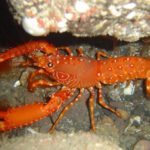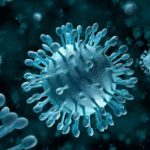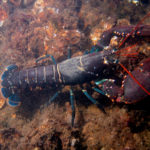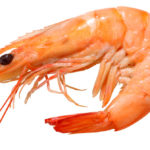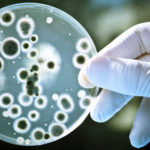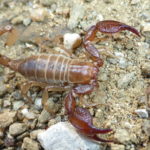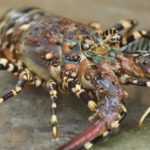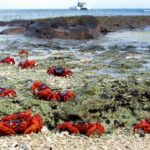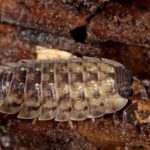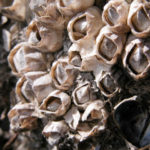25 interesting facts about crustaceans
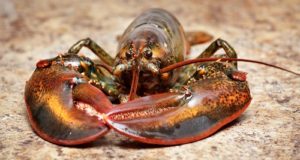 Countless crustaceans live on Earth. Some of them are large, while others are so small that you need to look at them under a magnifying glass. This subtype of arthropods has arisen on the planet in time immemorial, and in the course of evolutionary processes, many different species of these living creatures have been identified.
Countless crustaceans live on Earth. Some of them are large, while others are so small that you need to look at them under a magnifying glass. This subtype of arthropods has arisen on the planet in time immemorial, and in the course of evolutionary processes, many different species of these living creatures have been identified.
One type of crustacean shield, Triops cancriformis, refers to the so-called “living fossil” – these creatures have not changed much over 200 million years.
The number of genes in crustaceans is higher than in all other multicellular organisms on Earth – about 30,000.
Lobsters do not have an aging gene. Perhaps their study will someday help create a cure for old age.
Woodlice, often considered insects, are also actually crustaceans.
The shells of the crayfish blush in boiling water because all the pigments contained in their chitin decay when exposed to high temperature – everything except red.
About 500 different species of crustaceans are found in the Black Sea.
Some species of crabs after mating can eat a female partner, so females flee after meeting with the male.
Crayfish and other crustaceans, eating carrion and dead fish, are real orderlies in water bodies.
Daphnia, or water fleas, are the smallest of crustaceans. Adults sometimes have a size of 2-3 millimeters in length.
And the largest of them are giant sea spiders. They belong to crabs, and the span of claws in them can exceed four meters.
Crustaceans live not only in water, but also on land.
Pregnancy in lobsters lasts as long as in humans – about 9 months.
Crayfish float to the surface to swallow air using their powerful tail. If the cancer loses its tail or seriously injures it, death awaits it.
The eyes of crayfish and some other crustaceans are located on moving stems.
Crayfish often have cases of cannibalism.
Some crustaceans live up to 20-30 years, or even more.
River crayfish feed mainly on plant foods. And small crustaceans are often almost vegetarian at all.
Most crustaceans that live in water prefer flowing water bodies. And in ponds and small lakes they are practically not found.
In ancient times, healers used the ashes of burnt cancer as an antidote. Unsuccessfully, of course.
Some representatives of crustaceans, for example, ordinary cancers, breathe under their gills under water, but they still need to sometimes rise to the surface in order to restore oxygen balance in the body.
Crayfish can grow new claws to replace lost ones.
The color of the shell of most crustaceans depends on the conditions in which they live.
The tail of an ordinary cancer is called the neck. It accounts for about 1/5 of the weight of this animal, and it is there that almost all of its meat is located.
In dirty water, most crustacean species die quickly.
Many crustaceans molt from time to time, dropping the old shell and growing a new one. At this time, they are completely defenseless.
